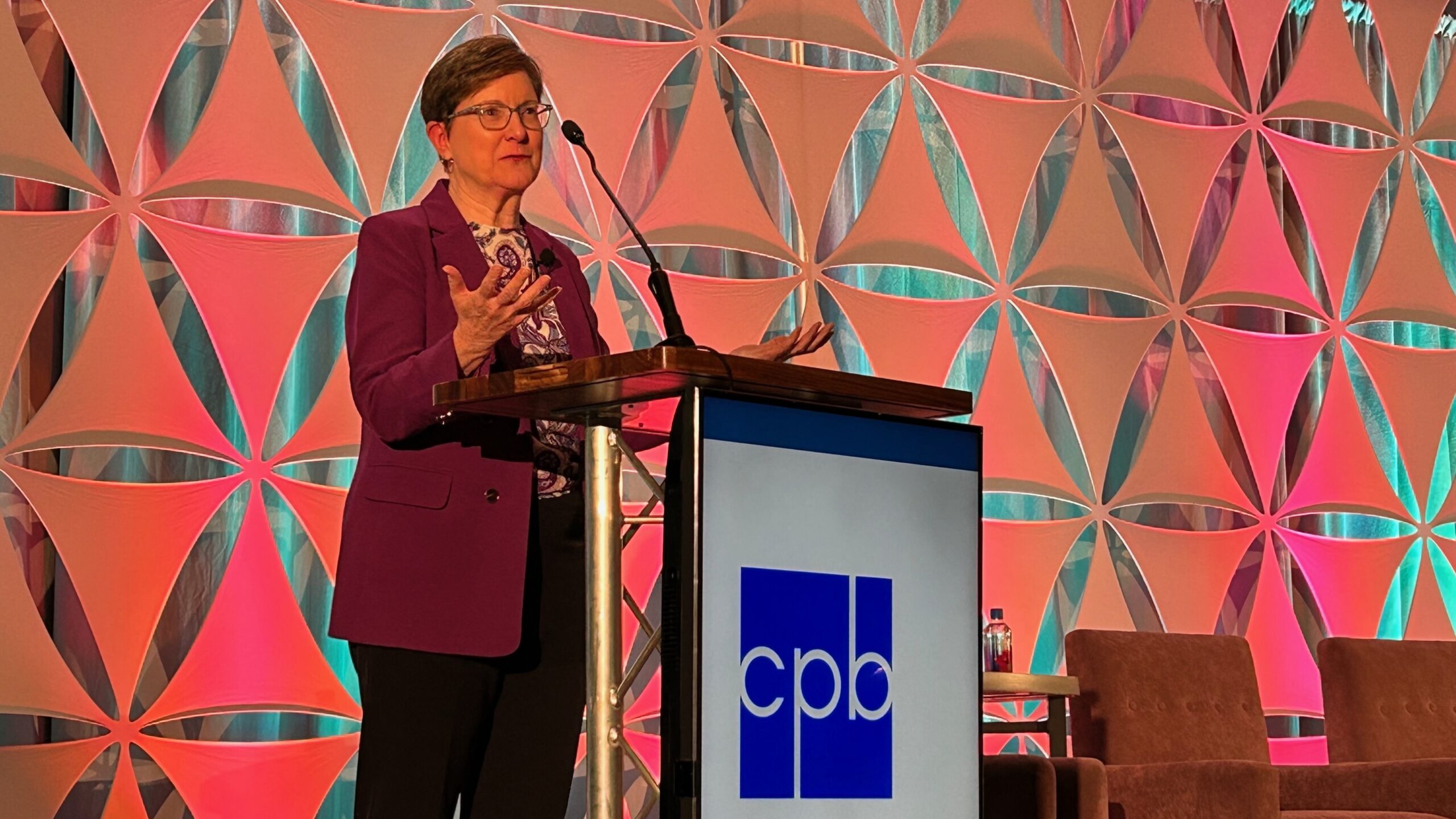Fed role: help ‘nonprofit news operations … gain traction”
The new report to the FCC about the state of the media and the future of American journalism estimates that filling gaps in local reporting would cost from $265 million to $1.6 billion a year. It also suggests various ways in which the government could help nonprofit media afford to bridge that chasm.
“The main focus of government policy should not be providing the funds to sustain reporting but helping to create conditions under which nonprofit news operations can gain traction,” the report advises.
But observers point out that the FCC has no power to make many of those changes, which include adjusting tax laws for pubmedia organizations, getting foundations to fund more journalism, and rethinking CPB’s legislated spending proportions to allot more money to nonbroadcast and multimedia innovators.
“Information Needs of Communities: The Changing Media Landscape in a Broadband Age” was released June 9. More than a year in the works, it built on the Knight Commission report “Information Needs of Communities in a Democracy.”
Most reaction to the much-anticipated work has been tepid. John Crigler, a longtime Washington communications attorney, sums it up: “It’s more voluminous than illuminous.” Out of 478 pages, 18 are recommendations.
But the report’s authors, a working group of some 25 specialists headed by former newsman Steven Waldman, were more supportive of public broadcasters than earlier reports on the journalistic future. Pubcasters “need to continue to play an important role on the media landscape,” the report says. “They have done superb work in many areas, and this would be precisely the wrong time to defund the Corporation for Public Broadcasting.”
CPB needs more flexibility in its spending authority, the report says. Why stick with the 75/25 TV/radio split? The corporation should consider funding other educational programming: on satellite, low-power FM, state public-affairs networks, nonprofit websites, and public, educational, and government-access TV channels. However, the report doesn’t say where CPB would get additional funds to avoid merely dividing its funds into thinner slices.
Local pubcasters, meanwhile, can raise money via online advertising. The report states, in italics for emphasis, that FCC “restrictions on underwriting or merchandizing that govern on-air programming do not apply on the websites created by public media.”
Revisions or clarifications of tax laws could help nonprofit news support its work. A nonprofit news website that sells advertising now has to pay taxes on that revenue as unrelated business income.
That’s one of the problems with the report, Crigler says. “There are recommendations for Congress, for state legislators, for tax reform, for CPB reform. It would be much more useful if it zoned in on what the FCC can do.”
But Tom Thomas of the Station Resource Group, which provided testimony and filed comments, said the authority of the commission to act “is quite limited, and appropriately so.”
The report deals in great part with news content. “By and large, we want an FCC that’s content-neutral as a government body,” Thomas said. “The First Amendment puts a wall around what a federal agency ought to be able to do. It can observe, comment and critique, but it needs to be exceptionally careful of specific measures and remedies it might take itself.”
One suggestion in the document that Crigler favors would have the FCC treat commercial and noncom broadcasters identically for proceeds from upcoming spectrum auctions. In an early proposal, commercial stations would be compensated by the government for spectrum givebacks, but noncoms would see their compensation funneled into a communal fund for nonprofit media.
Doing away with public-inspection file paperwork by moving it online also makes sense, Crigler says. “There are a few ideas like that here, but you have to sift for the diamonds through the dust, and it shouldn’t be that way.”
The report is posted at FCC’s website here. It covers nonprofit media in chapters 6 and 12.





